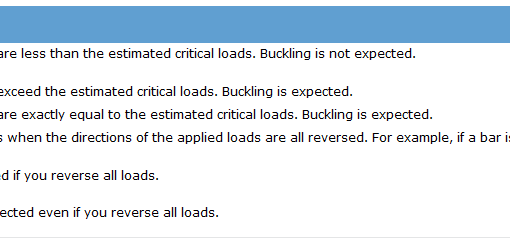In this whitepaper we are going to apply our learning from the previous whitepaper, here, to the saddle bracket analysis in this whitepaper.
Step 1- Stress Check
At the beginning, we compare the maximum Von-Mises stress of the saddle with the material yield stress, figure (1). As it could be understood from this figure, the high volume of the saddle have stress above the yield stress of the AS3678-250 which is 250MPa. So that we suspect that the part might fail under this load.

Step 2- Comparison with a simplified model
In this example we have the luxury of dealing with a simple model and we could have some manual calculations to find the stress level in the saddle, figure (2). As it could be seen in the figure (2), the level of stress is beyond the yield stress and the part will fail.

Step 3- Nonlinear Analysis
For nonlinear analysis right click on the static analysis tab and select “Copy Study”; then, on the “Target Study” section select Nonlinear and for the options select Static, figure (3).

The first change that you need to do, is modifying the material properties for the analysis. Right click on the middle saddle part and select “Apply/ Edit Material…” and change the model type from “Linear Static Isotropic” to “Plasticity – von Mises”, figure (4). Also, enter zero for Tangent Modulus to model with no work hardening effect.
Also, change the type of solver to “Direct sparse solver”.
Provided that you have stress-strain curve of the material from literature or laboratory test result, you could use the “Create stress-strain curve” tab and enter the available data.

FEA results could be found in the figure (5), and it could be noticed that the part will fail under the load.

Conclusion
After these reviews we could conclude that the part is not suitable for this load and needs to be modified.
Exercise
As a practice you could play with the saddle dimensions and check all the analysis to find proper dimension so that the saddle could resist the applied load.
What is Next:
In the next white paper, we are going to present linear buckling analysis, a type of analysis that could be used for stability checks and the part behavior under the compression loads.




